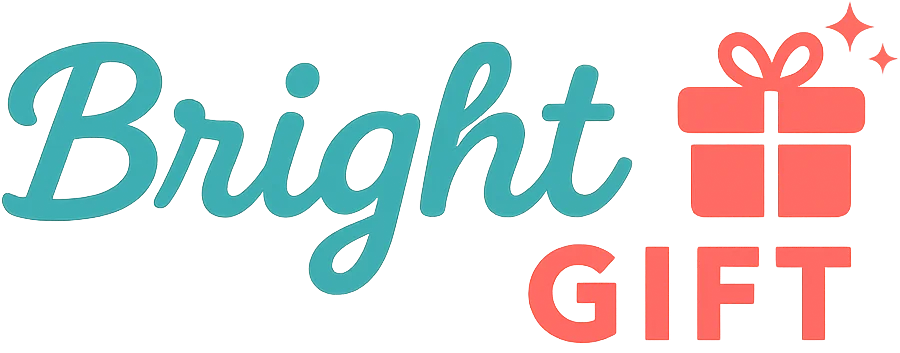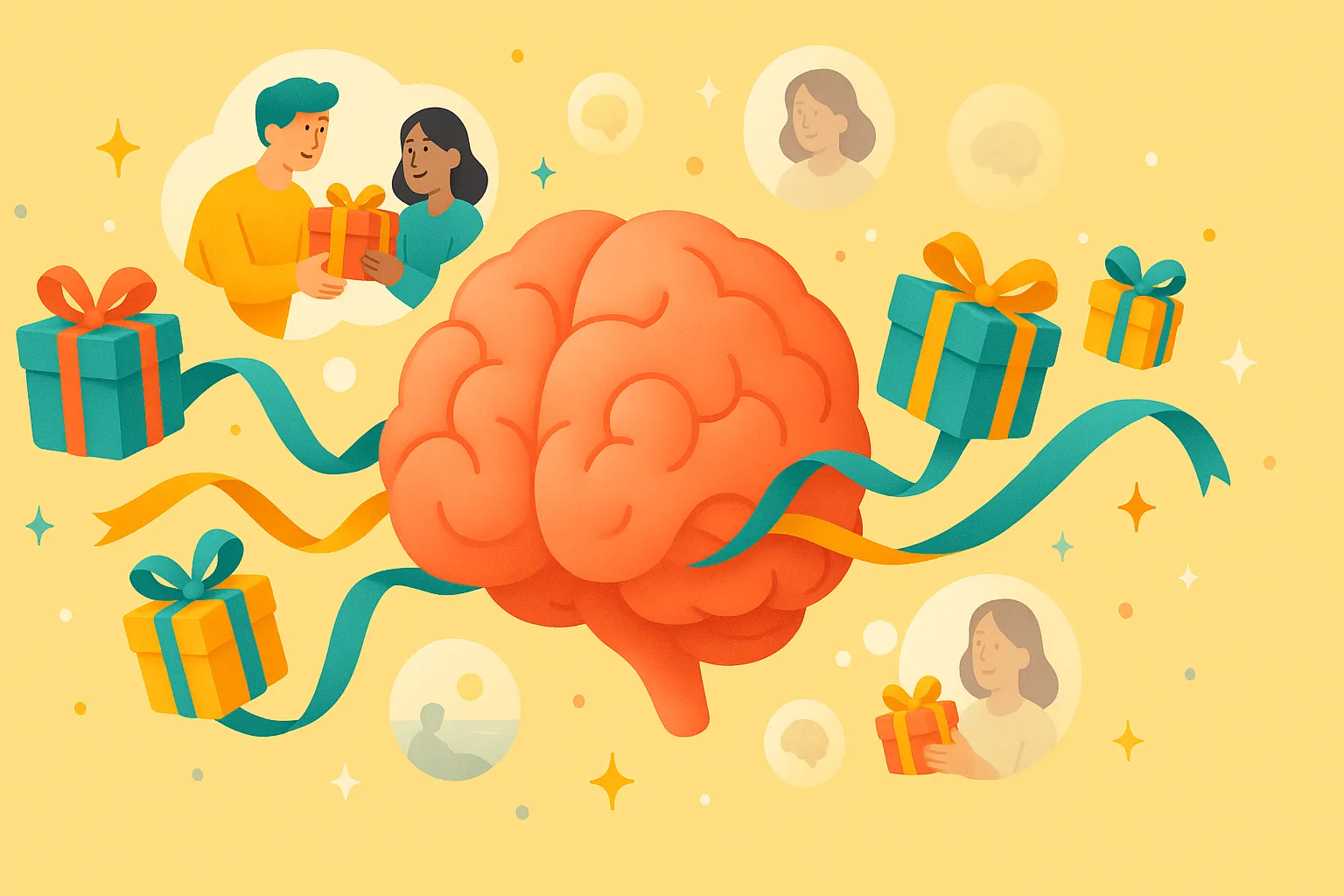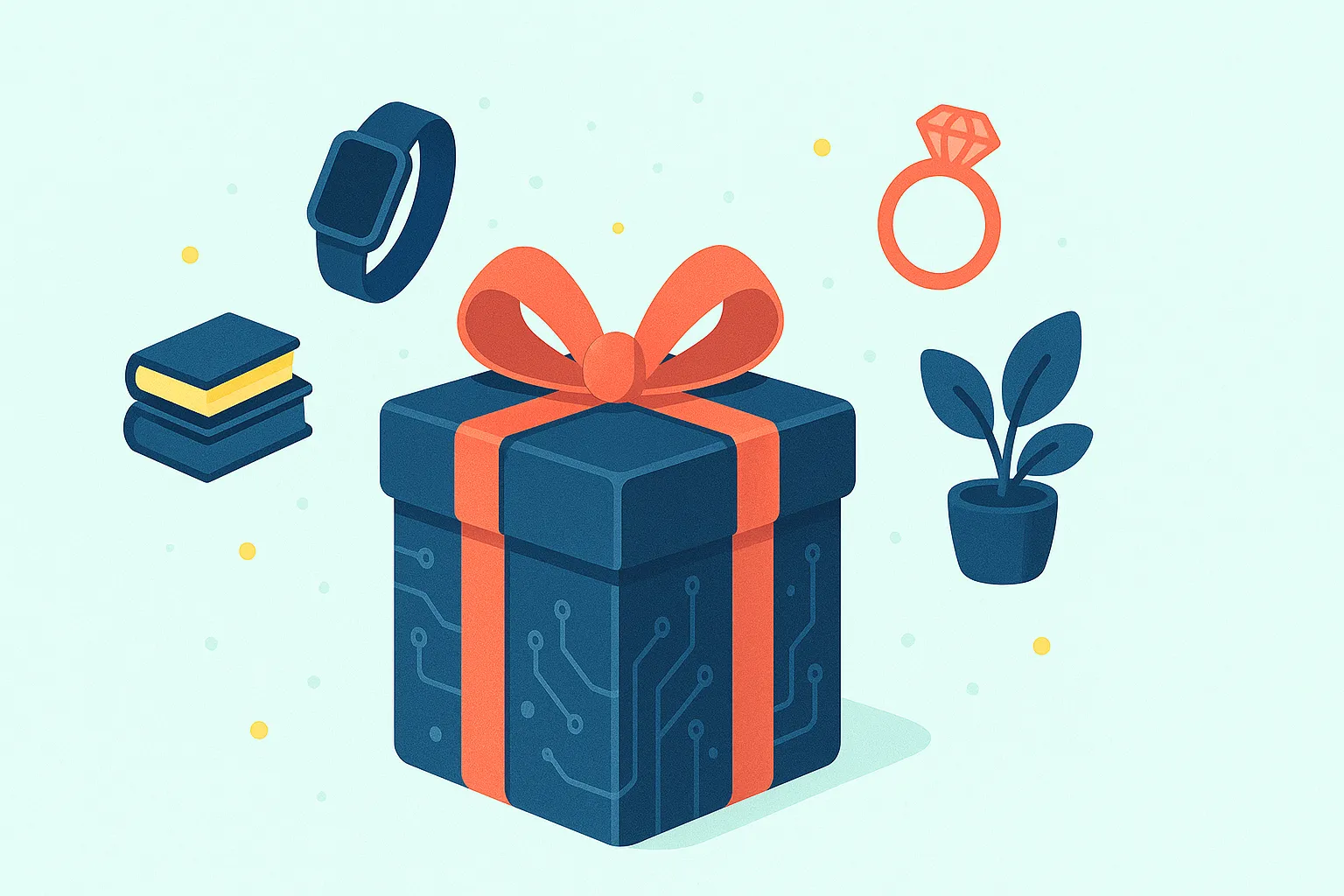It’s a curious phenomenon that most of us have experienced: we can vividly recall the perfect birthday present we gave our best friend three years ago, but struggle to remember what we received for Christmas last year. This isn’t just anecdotal—there’s fascinating psychology behind why our brains prioritize the gifts we give over the ones we receive.
The Memory Paradox of Gift-Giving
When we give a gift, we’re not just handing over an object—we’re creating a memory. The act of giving involves multiple cognitive processes that strengthen memory formation:
Selection Process: We spend time thinking about the recipient, their interests, and what would make them happy. This deep cognitive engagement creates stronger neural pathways than the passive experience of receiving.
Emotional Investment: Giving activates our empathy centers and reward systems simultaneously. We imagine the recipient’s reaction, feel their joy vicariously, and experience our own satisfaction—creating a multi-layered emotional memory.
Social Bonding: Gifts are social currency. When we give, we’re strengthening relationships and building social capital. Our brains are wired to remember social interactions that enhance our standing within groups.
🎯 Not sure what to buy? Our Gift Idea Generator can help you find the perfect gift based on their interests, budget, and occasion!
The Science Behind the Memory Gap
Research from the University of California, Berkeley, reveals that our brains process giving and receiving through different neural pathways:
Giving activates the mesolimbic pathway—the same reward system that responds to food, sex, and other pleasurable activities. This creates a “helper’s high” that’s more memorable than the dopamine rush of receiving.
Receiving triggers the default mode network—the brain’s passive processing system. While pleasant, receiving doesn’t require the same level of cognitive engagement as giving.
The Role of Anticipation
One of the key factors in memory formation is anticipation. When we give a gift, we experience:
- Planning Phase: Weeks or months of thinking about the perfect gift
- Selection Phase: The decision-making process and purchase
- Anticipation Phase: Imagining the recipient’s reaction
- Delivery Phase: The actual giving moment
- Reflection Phase: Remembering the positive outcome
This multi-stage process creates a rich, layered memory that’s much more durable than the single moment of receiving.
The Social Psychology of Gift Memory
Our evolutionary history explains why giving creates stronger memories:
Reciprocal Altruism: Humans evolved in small groups where cooperation was essential for survival. Remembering acts of generosity helped maintain social bonds and ensured future reciprocity.
Status Signaling: Giving gifts is a way to signal our care, attention, and resources. Our brains remember these social investments because they enhance our standing within our community.
Emotional Contagion: When we give a gift, we experience the recipient’s joy vicariously. This “emotional contagion” creates a more complex and memorable emotional experience than simply receiving.
The Impact on Relationships
This memory asymmetry has profound implications for our relationships:
Strengthening Bonds: When we remember giving more than receiving, we’re more likely to continue giving, which strengthens relationships over time.
Reducing Expectations: We’re less likely to keep score of what we’ve received, reducing resentment and conflict in relationships.
Creating Meaning: The act of giving becomes more meaningful than the object itself, leading to deeper, more fulfilling relationships.
Practical Applications
Understanding this psychology can help us:
Be More Mindful Givers: Recognize that the gift-giving process is creating memories for us too, not just the recipient.
Appreciate Receiving: While we may not remember receiving as vividly, we can consciously savor the moment and express gratitude.
Strengthen Relationships: Use gift-giving as an opportunity to deepen connections rather than just exchange objects.
The Neuroscience of Generosity
Recent studies using functional MRI (fMRI) have shown that:
- Giving activates the ventral striatum—the brain’s reward center
- The anterior cingulate cortex lights up during giving, indicating empathy and social cognition
- Oxytocin levels increase during gift-giving, promoting bonding and trust
This neurological evidence explains why giving creates such lasting memories—it literally changes our brain chemistry in positive ways.
Cultural Variations
This phenomenon isn’t universal across all cultures:
Western Cultures: Emphasize individual choice and personal connection in gift-giving, leading to stronger memory formation.
Collectivist Cultures: May experience less of this effect due to different social structures and gift-giving traditions.
Digital Age Impact: Online shopping and digital gifts may reduce the memory effect due to less physical and emotional engagement.
More Gift Inspiration
Looking for other gift ideas? Check out our guides to:
- Gifts for Plant Lovers for nature-inspired presents
- Top Gifts for Yoga Enthusiasts for wellness-focused gifts
- Gifts for Gamers Under $50 for tech-savvy recipients
- Eco-Friendly Gifts for Outdoor Lovers for sustainable options
Conclusion
The fact that we remember giving more than receiving isn’t a flaw—it’s a feature of human psychology that promotes social bonding and cooperation. By understanding this phenomenon, we can become more intentional about our gift-giving and appreciate the deeper meaning behind these exchanges.
The next time you’re choosing a gift, remember that you’re not just selecting an object—you’re creating a memory that will last longer in your mind than in the recipient’s. This understanding can transform gift-giving from a social obligation into a meaningful act of connection and care.
Understanding the psychology behind gift-giving can help us become more mindful and intentional in our relationships. Whether you’re giving or receiving, the act of gift exchange is about much more than the object itself—it’s about the human connection and the memories we create together.
Related Articles:
- How to Choose the Perfect Gift: Complete Guide - Master the art of thoughtful gift selection
- Gift-Giving Statistics: What People Really Want - Discover the science behind gift preferences
- The Science of Human Connection: Why We Need Each Other - Explore the psychology of relationships



